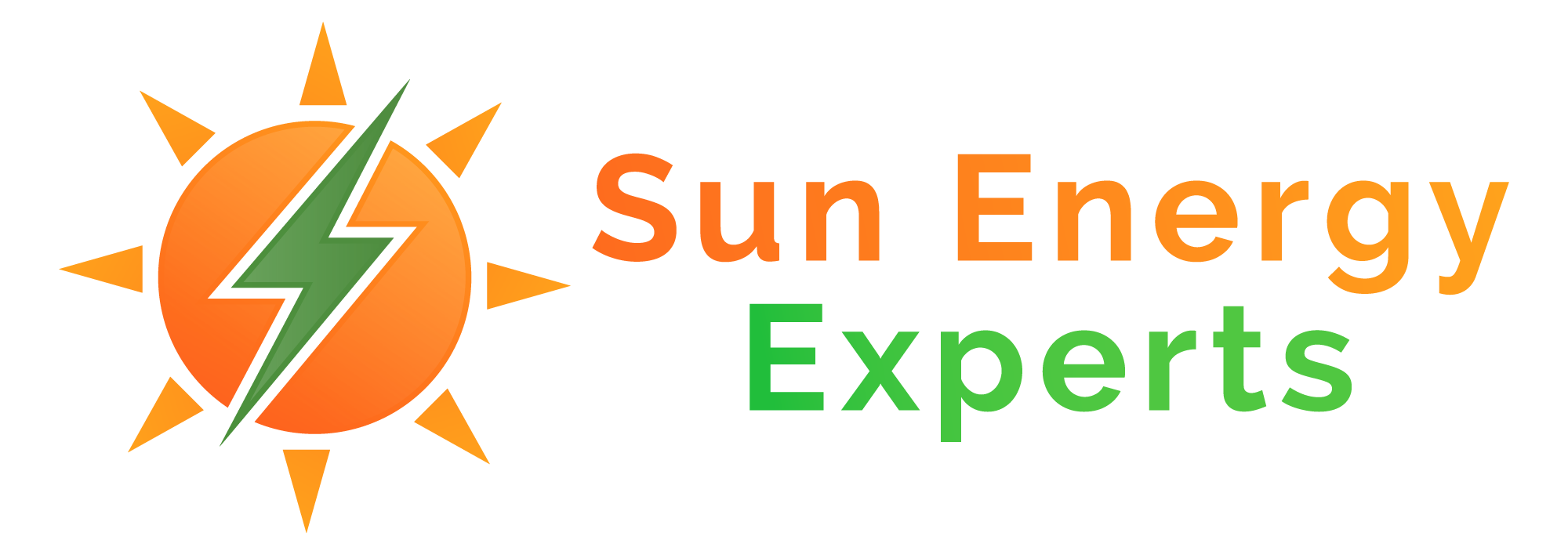ENERGY DEMAND MANAGEMENT
Take control of your home and the energy it uses by utilizing smart technology. Your energy information should never be a secret or hard to find – our energy management systems help you view your energy consumption and production in real time. But they don’t stop there – they can also automatically manage the amount of electricity consumed by major appliances in your home in order to minimize your monthly electrical costs while still letting you live the way you want. Put your home on auto-pilot and save.
Intelligent Energy Management System for Demand Rates
Simply put, a Energy Management System is like a cruise control for your electric system. You set the level of savings, you reap the benefits.
A Energy Management System is an outdoor computer that is installed next to your breaker panel and is connected to the 220v appliances like A/C units, clothes dryers, water heaters, electric spa heaters, etc.
This unit constantly measures the usage of power in your home and through load shedding and a pre-set control priority lowers your demand and thus your bill. As the demand increases, the load controller “sheds” (shuts off), lower priority appliances to maintain a user preset demand level. Dropping your demand 5kw = a $60 reduction per month. It’s easy to calculate your savings based on these numbers (estimate based on a 1500 square foot, all electric home), larger homes have much larger savings.
Once the Energy Demand Management is set up and after a few tweaks in timers for water heater run time and even room temperature settings, it’s a “set it and forget it” piece of equipment.
Advantages Of The Product
Our unique Energy Demand Management System is changing the way energy usage is managed across Arizona.
- It is an absolutely flexible and highly adaptive software
- It is designed to function effectively in the existing circumstance
- The users does not have to undertake major expenses to install a Energy Demand Management unit
- It works towards minimizing the electricity bill by routing high consumption to off-peak hours
- The software is programmed that whenever the service provider decides to revise rates, it can be easily adapted to the same energy demand management system.
Why Install
Therefore installing the our Energy Demand Management System will mean that you will not have to compromise on the way you live. Rather we are helping families across Arizona to not stretch their budget but also in an environmentally friendly manner.
Once you program the Energy Demand Management System and install it, the monthly expenses for electricity usage can be easily controlled and allows the consumer better access to resources required for improving their quality of life.
Understanding Demand Charge And Demand Meters
What are demand charges?
Your monthly electricity bill has two parts: 1) Energy charges—for the total amount of electricity you use 2) Demand charges—for “peak usage”
Arizona Public Service must have enough power generated at all times to meet its customers’ peak kW demand.
The higher the overall peak demand on the electric system, the more generation capacity and equipment
is required.
How are demand charges calculated?
Demand charges are based on the highest 60-minute average usage recorded on the demand meter within a given month. If your home tends to use a lot of power over short periods, your demand charges will comprise a larger part of your bill. If you use power at a more consistent rate throughout the month, your demand charges will generally be a smaller part of your bill.
Why do demand charges exist?
Demand charges cover electric utilities’ fixed costs of providing a certain level of energy to their customers. Energy costs are the variable-costs portion (charges by kWh). The challenge is that utilities have to maintain enough capacity to satisfy all their customers’ energy needs at once (e.g., a hot day in July when every customer runs their AC). Utilities have to maintain enough power plants to supply all that energy at once, and this requires them to keep a vast array of expensive equipment on constant standby, including transformers, wires, substations, and generating stations. This capacity is extremely expensive to build, and demand charges help pay those costs. Demand charges are also a means of encouraging customers to 1) reduce power usage during peak hours and 2) shift their usage from peak to non-peak hours. This way, utilities can levy higher charges on customers with more variable loads and pass the savings on to customers with more consistent loads.
Who pays demand charges?
Demand charges usually apply to commercial and industrial customers that pay time-of-use rates and at certain bill sizes. Utilities usually install a demand meter once a customer reaches a certain demand level consistently, e.g., 2000 kilowatt-hours per month for four consecutive months. Once demand billing begins, it does not end until monthly energy consumption has gone down consistently, e.g., dropping to less than 2000 kilowatt-hours per month for 12 consecutive months. All 50 states have demand charges, although the charges vary by state. Demand charges also vary by season, with charges generally higher in summer than in winter.
Why worry about demand charges?
Demand charges make up a significant portion of commercial, industrial, and residential customers’ total electricity costs: typically between 30 and 70 percent. Demand charges are increasing across the U.S., even while energy prices are decreasing. Several trends are at work here and will continue to keep demand charges high. First, as the grid ages and requires more maintenance and infrastructure updates, the resulting costs are passed along to ratepayers. Other factors include the strong growth of solar energy. Solar power generation causes greater sensitivity to peak loads because cloud cover impacts efficiency; hence, grid loads will become increasingly volatile.
